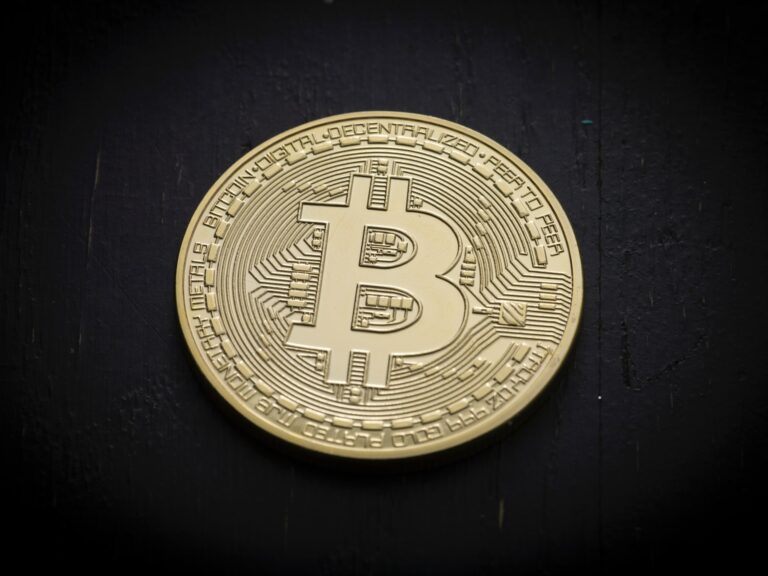According to the insights of crypto analyst Rekt Capital, Bitcoin’s much-anticipated halving event continues to be a pivotal catalyst in defining its market dynamics.
Occurring just over two weeks ago, this event purportedly initiates a cyclical influence on Bitcoin’s price and investor behavior, unfolding in three distinct phases.
Phase 1: Pre-Halving Retrace
The first phase, the pre-halving retrace, involves a notable price drop, which, in this cycle, was a 23.6% decrease. According to Rekt Capital, this is a moderate decrease compared to the 38% drop in 2016 and the 19% drop in 2020. These retracements are not merely downturns but are critical in setting the stage for what the analyst describes as the re-accumulation range. This phase typically precedes the halving and prepares the market for more stabilized activity post-event.
Phase 2: Re-Accumulation
Following the halving, the market transitions into what Rekt Capital refers to as the re-accumulation phase. This period is crucial as it establishes the foundation for subsequent price movements. During this phase, Bitcoin’s price consolidates within a defined range, characterized by pullbacks and sideways movements—a reflection of normal range-bound behavior as the market tempers the preceding rally.
Rekt Capital notes that the duration of this phase can span several weeks to months, often ending with a significant price breakout. This stage can challenge investor patience, as many may feel disillusioned by the lack of dramatic price movements or become disenchanted due to the prolonged period of inactivity.
Phase 3: Parabolic Uptrend
The final phase, as highlighted by the crypto analyst, is the parabolic uptrend. This phase marks a period of accelerated growth for Bitcoin, as it breaks out from the re-accumulation range and embarks on a rapid upward trajectory. Historically, according to Rekt Capital, this uptrend has lasted just over a year, around 385 days. However, they believe that current market observations suggest a potentially accelerated cycle that could halve this duration in the current market cycle.









